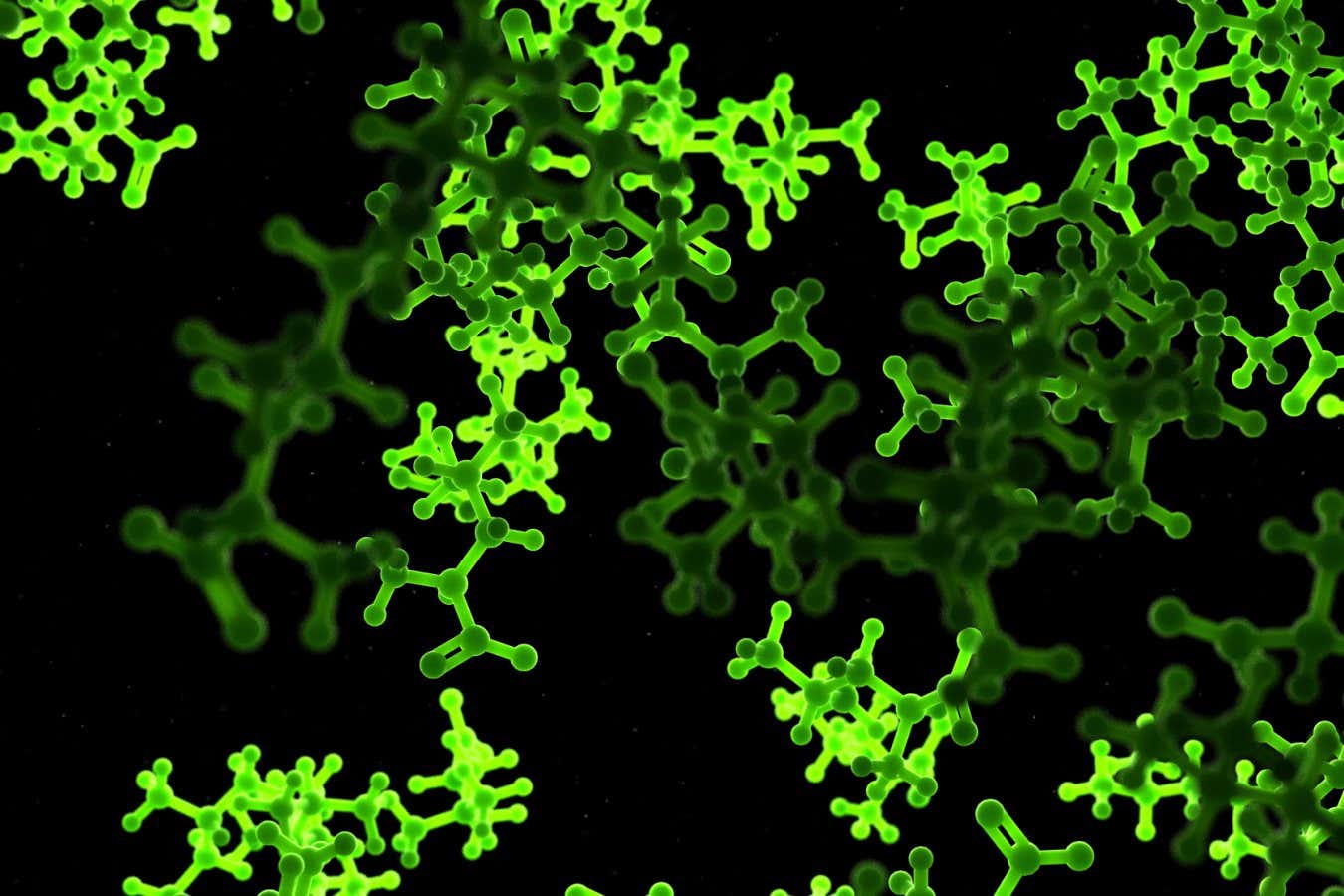Some amino acids have the potential to be concentrated as they traverse through crevices in hot rock.
The chemical reactions crucial for the emergence of life on Earth might have taken place as molecules migrated along thermal gradients within intricate networks of narrow rock fractures deep beneath the surface.
These networks, hypothesized to exist in the ancient subsurface, could have served as a natural laboratory where many fundamental components of life were amassed and segregated from other organic compounds.
“It’s challenging to find a more versatile setting where purification processes and intermediary stages could occur,” stated a researcher at the Ludwig Maximilian University of Munich in Germany.
In an effort to simulate the behavior of a mixture of organic molecules within rock fractures, the researcher and his team designed a heat flow chamber approximately the size of a playing card.
By applying heat to one side of the 170-micrometre-thick chamber to reach 25°C (77°F) and heating the other side to 40°C (104°F), they established a temperature gradient that facilitated the movement of molecules through a phenomenon known as thermophoresis. The degree to which a molecule responds to this process is influenced by its dimensions, electrical charge, and its interaction with the surrounding fluid.
Through an 18-hour experiment in the heat flow chamber, they observed the concentration of various molecules at different locations within the chamber based on their susceptibility to thermophoresis. Notably, many nucleobases, essential components of DNA, were among the concentrated molecules. This concentration effect was amplified when they introduced a network of three interconnected chambers, each with one side maintained at 25°C and the other at 40°C. The subsequent chambers further enhanced the accumulation of compounds initiated by the initial chamber.
In a computational model featuring 20 interconnected chambers, resembling the intricate nature of natural fracture systems, the researchers discovered a heightened amplification of the enrichment of diverse molecules. In one chamber, the amino acid glycine exhibited concentrations approximately 3000 times higher than another amino acid, isoleucine, despite both entering the network at equal concentrations.
Furthermore, the researchers illustrated how this enrichment process could facilitate the occurrence of otherwise challenging reactions. They demonstrated that glycine molecules were able to bond with each other as the concentration of a catalytic molecule called trimetaphosphate (TMP) increased. Mast highlighted the significance of enriching TMP, considering its probable scarcity on the primordial Earth. He noted, “Since the chambers are interconnected randomly, various reaction conditions could be implemented.”
A scholar from Radboud University in the Netherlands, unaffiliated with the study, expressed intrigue at the prospect of regions within fractures harboring distinct compound ratios. He remarked, “By leveraging this enrichment, one can derive increased diversity from basic building blocks.”
Nevertheless, despite the advancements in understanding enrichment within rock fractures, the researcher cautioned that the leap from this enrichment to the formation of cell-like structures or protocells is still a substantial leap.
